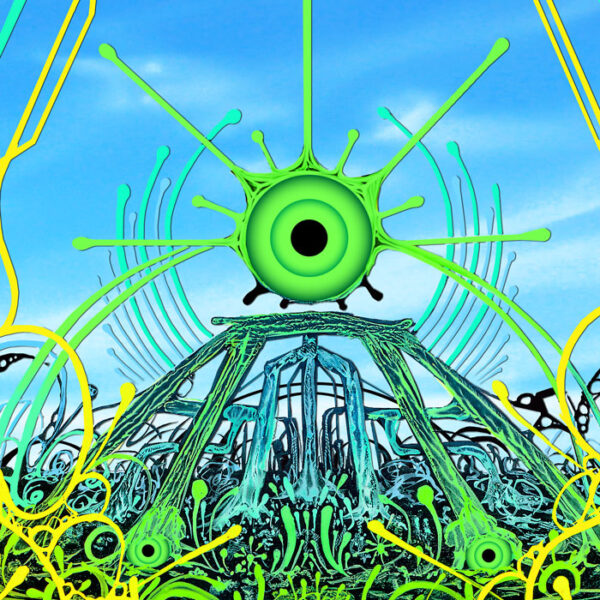

The spherical structure of the dome was achieved constructing rings of different radius and different concrete formulas, one in top of the other.

The circular cella was an innovation in its time along with the massive dome, which is 143 feet in diameter. The building should be imagined in it’s natural state: elevated on a podium flaking a central plaza. It influenced future edifications in The Renaissance, Middle Ages, The Baroque, and so on. The Pantheon. This structure is one of the greatest monuments ever built.

Entrance is only one way, in the front side.Romans do not follow the Greek ratio in columns.Here’s a list of common differences between these two: There are significant variations though, mainly because Romans do not share the same ideals of architecture and human figure. The temples look pretty much like Greek temples. Nevertheless, the Romans adapted all this influences and combined them with their incredible knowledge of law and justice, war, transportation and organisation. We must understand that Rome was open to the influence of cultures that were far more ancient than them, and far more developed in terms of intellectualism and aesthetic achievement. When we talk about sculpture and architecture, it’s easy to see the Greek influence all over, and not only on this subjects, but also in their religion and mythology. Their conquering and organizing skills guided them to be a fearful enemy and engineering-wise people, attributes reflected in their city planning, innovations in building massive structures and politics.Īs they were conquering new territories, the Romans basically took what they wanted from other cultures and adapted it to their needs. They found amusement -no matter what your social class was- in combat, between humans, animals, and animals and humans. Entertainment, which was a big part of Roman culture, was a key factor in their society, leading to the edification of amphitheaters, small arenas, and most importantly, the majestic Colosseum. Earlier in the expansion of Rome throughout Europe, Northern Africa and Eastern Asia, the growth of the empire had its consequences reflected in the constant growth of the population and its inevitable problems: poverty, unemployment, lack of water, food or housing.


 0 kommentar(er)
0 kommentar(er)
